Winrock International
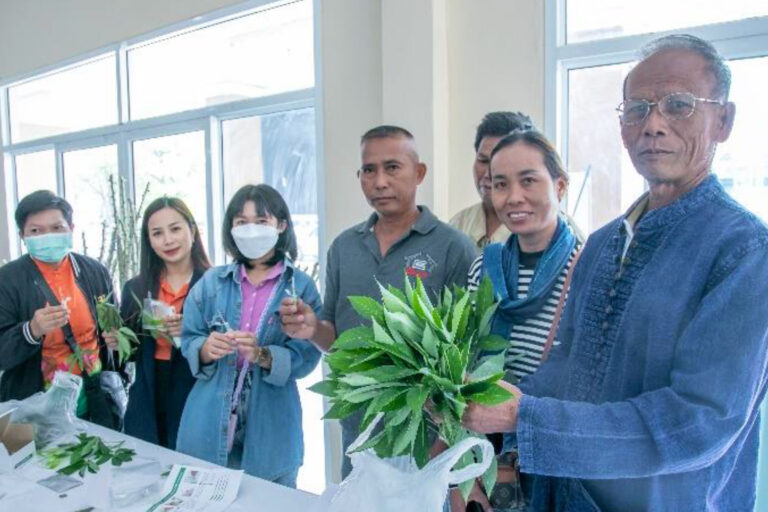
The Chaiyaphum Experiment: a #thaiRAIN success story
May 20, 2024
The problem For many cassava farmers in Thailand and the Greater Mekong Subregion, Cassava Mosaic Disease has been a rapidly growing concern since its outbreak in 2018. The disease is economically lethal, as affected plantations often suffer more than a 50 percent drop in yield due to CMD infections, and any infected cassava must be […]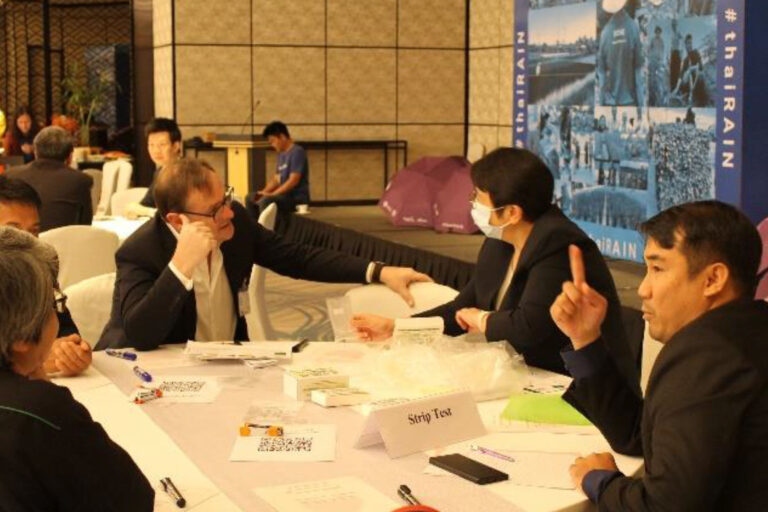
Pitch perfect – The Starch Value Chain Conference: a #thaiRAIN success story
May 20, 2024
RAIN forecast across the region The USDA-funded Thailand Regional Agriculture Innovation Network (#thaiRAIN) has started building a reputation for its innovative methods. For example, to achieve the goal of promoting climate-smart innovation to 30,000 farmers, #thaiRAIN is focused on building effective business models and encouraging early adoption through existing supply chain actors. While it might […]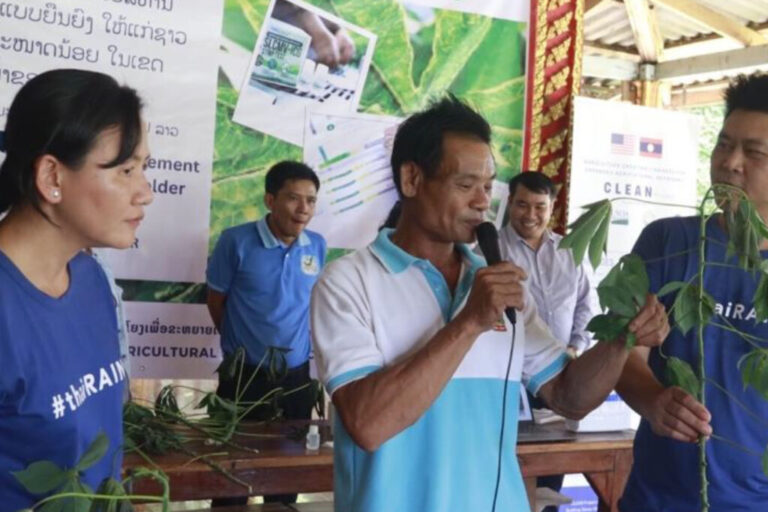
Cross-border collaboration: Two USDA projects unite to empower farmers
May 20, 2024
The disease that knows no borders Cassava Mosaic Disease has been an increasing threat to crop productivity for 2 million farmers across Southeast Asia, including over 600,000 households in Thailand alone. CMD, knowing no borders, has been fast to spread across the region. Over 40% of the crop in Cambodia was hit in just a […]
American Carbon Registry is Now ACR Underscoring Promise to Deliver Ambitious Climate Results
October 9, 2023
LITTLE ROCK, Ark. — American Carbon Registry is now ACR. The new name underscores the organization’s longstanding promise to deliver Ambitious Climate Results, and better reflects the work being done by ACR’s team of experts across different sectors, geographies, markets, and services. Known as ACR by partners and clients for over a decade, the American […]
Perfect Storm: Winrock International’s USDA Thai RAIN Project scales up
October 5, 2023
Who’ll stop the rain? During the annual monsoons in Southeast Asia, the answer is: Nobody. And a new U.S. Department of Agriculture-funded project run by Winrock called Thai RAIN likes it that way. The one-year-old project has all the elements – including critical partnerships with local and regional researchers, farmers and innovators – to sustain […]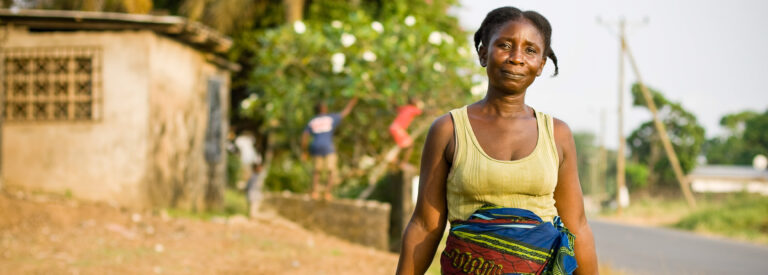
Winrock International and partners launch USAID’s Improved Access to Safe Drinking Water in Liberia Activity
October 5, 2023
Community members, Liberian government officials, USAID representatives and other stakeholders met in Monrovia to launch the Improved Access to Safe Drinking Water in Liberia Activity at an event organized by Winrock with support from project partner, WaterAid. The activity launch event included local and national government leaders, private sector representatives, U.S. Embassy officials and others […]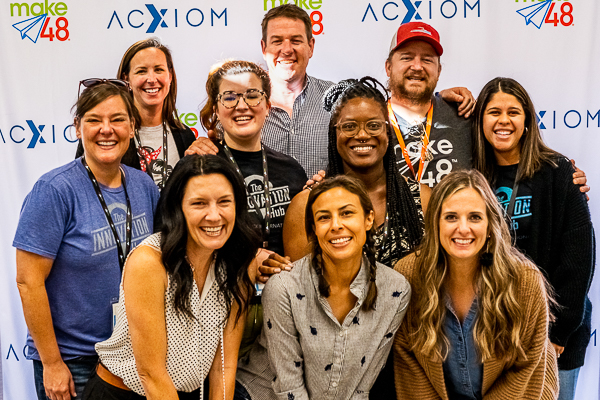
Winrock’s Innovation Hub to host Make48 Season 7 National Competition
October 4, 2023
Eight teams from across the country are getting ready to face each other at Make48’s season 7 national championship. The competition is set to happen at the Arkansas Regional Innovation Hub at Winrock International in North Little Rock, Arkansas. The event will unfold over three days starting on Friday, Nov. 10, 2023, and ending on […]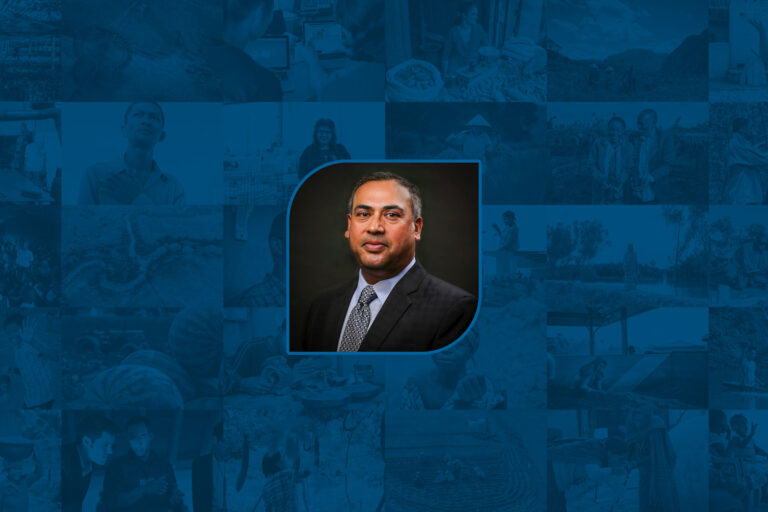
Joyjit Deb Roy Named Acting President and CEO of Winrock International
October 2, 2023
Veteran Chief Global Programs and Development Officer Joyjit Deb Roy has been named Acting President and Chief Executive Officer of Winrock International, the organization’s Board of Directors announced. Deb Roy, who oversees a broad portfolio of programs across Winrock’s Agriculture, Resilience & Water, Human Rights, Education & Empowerment, Clean Energy & Environment, U.S. Programs and other groups, […]
Five ways USAID’s Reducing Pollution project and partners collaborate for clean air in Vietnam
September 11, 2023
Air pollution is rising in Vietnam at an alarming rate, threatening both the national economy and people’s health. In 2017, alone, 71,365 Vietnamese people died prematurely due to pollution-related causes, including 50,232 deaths from air pollution, according to a report by Global Alliance on Health and Pollution. A news report citing research by Vietnam’s own […]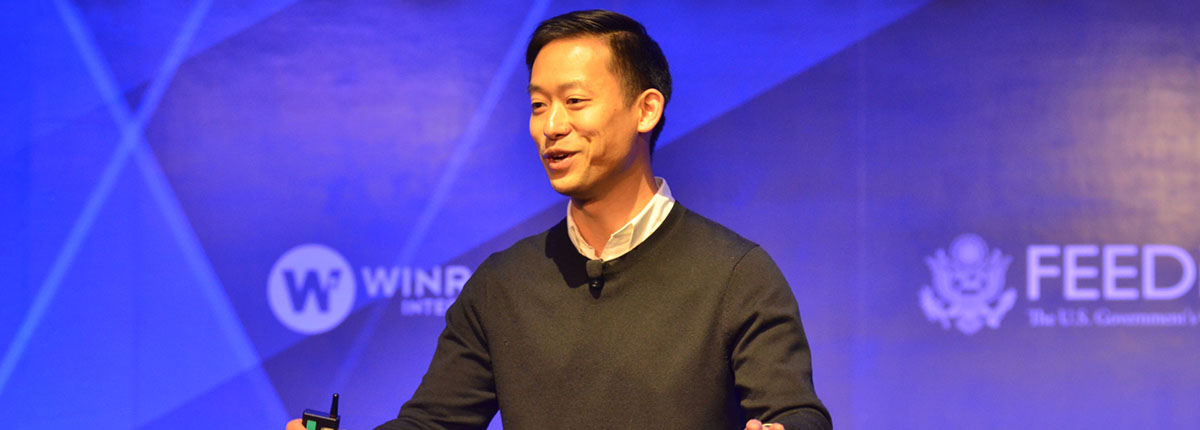
Translating Events Into Action
October 26, 2016
Winrock’s very existence can be traced back to a big idea: that delivering knowledge, training and opportunity to the world’s most disadvantaged people is key to improving lives. New ideas and innovation continue to propel our day-to-day work and guide our efforts to make an even greater impact. The need to generate and share bold […]